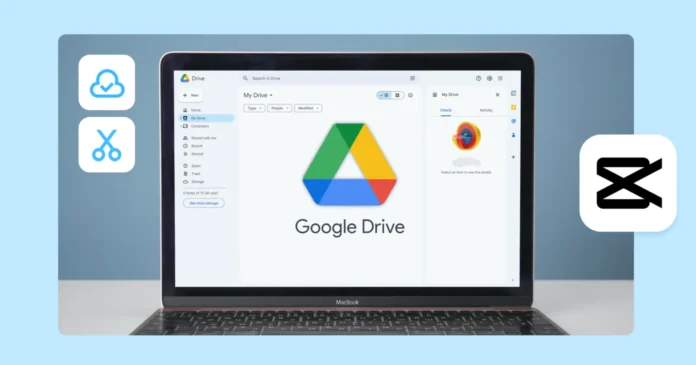It seems like Google is refusing to optimize its apps with the latest macOS version. Ever since the macOS Sequoia update was released, there have been complaints of Google Drive consuming high CPU power when an external display is connected. What’s more intimidating is that this issue persists with the latest macOS 15.1. Further research suggests that this issue dates back to when macOS Sequoia was in beta.
According to reports, when the device is connected to an external display through HDMI or Thunderbolt, Google Drive’s CPU usage jumps between 25% and 95%. Surprisingly, this problem doesn’t occur when the display is connected using a USB-C cable. Moreover, the CPU usage goes back to normal when users disconnect the external display.
Fix Google Drive high CPU usage on macOS Sequoia with this workaround:
If you’ve been troubled with a similar issue, then you’re not alone. Fortunately, users have found a temporary workaround to fix this bug. You can bypass this problem by creating an automation that will restart Google Drive every hour for two minutes and then kill for the rest 58 minutes.
This isn’t a very complicated thing to do and even those with limited technical knowledge can do it. Here are the instructions to help you get rid of this annoying bug.
- Open the Terminal application. To open Terminal on your Mac, follow these:
- Click the Launchpad icon in the Dock, type Terminal in the search field, then click Terminal. Or in the Finder, open the Applications >> Utilities folder >> then double-click Terminal.
- Once you are inside the Terminal, insert: crontab -e
- When the editor is opened, insert the following:
- 0 * * * * open /Applications/Google\ Drive.app
2 * * * * pkill -f “Google Drive”; pkill -f “Google Drive Helper”
- 0 * * * * open /Applications/Google\ Drive.app
- Save it. You can check if it was saved correctly with crontab -l. It should display the inserted code.
This workaround should temporarily resolve the issue as it has for some of those affected. Since users are still reporting it, Apple is yet to release a fix for it. However, neither Apple nor Google has acknowledged the issue as of yet.

